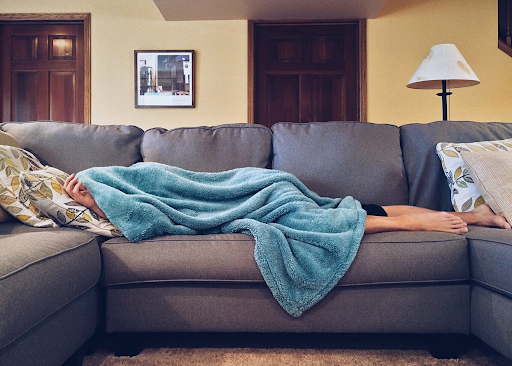When you have sleep apnea, you know how hard it can be to feel well-rested throughout the day — even after a full night’s sleep. If you find yourself feeling tired and lethargic, you may be looking for a quick fix to feel a bit more alert. Have you considered a power nap? A power nap is a short and sleep nap that works with your natural sleep cycles to help you feel more rested.
If you’ve even woken up from a nap and felt like ten years had passed, you may be unsure if power naps are for you. No one wants to feel extra groggy on top of already feeling fatigued. However, power napping reduces the risk of you waking up feeling drowsy.
But how do you take the perfect power nap that will leave you feeling awake and alert? ApneaMed explains how to properly power nap and the benefits you’ll experience.
The Benefits of a Power Nap
A short mid-afternoon power nap doesn’t just give you the benefits of some extra shut-eye. By incorporating a power nap into your daily routine, you can see improvements in:
- Mood
- Energy
- Alertness
- Concentration
- Reaction time
- Memory
- Focus
Along with these benefits, research has shown that regular naps can even be beneficial for heart health, potentially lowering the risk of heart disease and strokes than those who didn’t nap at least one to two times a week.
How Long Should an Individual Nap?
Ideally, a power nap will last between 20 and 30 minutes. This length is long enough to provide the benefits mentioned above without leaving you feeling groggy or drowsy once you wake up.
This is the ideal timeframe because you want your power naps to align with your stages of sleep. When you sleep, you pass through a few different stages of sleep, including light sleep, deep sleep, and rapid-eye-movement (REM) sleep. Napping for 30 minutes or less keeps you from entering into the deeper stages of sleep where it will be more difficult for your mind and body to wake up.
Excessively long naps may also hinder your ability to fall asleep at night, leading you to feel even more unrested than normal.
While naps are an easy way to help you feel a bit more rested and alert throughout the day, they may not make a difference if you are extremely sleep deprived or have a sleep disorder such as sleep apnea. They may offer you a quick fix, but the only way to truly resolve your sleep disorder is to properly treat the underlying issue.
The Importance of Sleep Apnea Testing
If you exhibit sleep apnea symptoms, such as frequent headaches, snoring or trouble to breathe while sleeping, or lethargy and daytime sleepiness, a power nap might not help you feel as refreshed as you’re home. Instead, you should undergo a sleep assessment.
A home sleep study is more affordable and less time-consuming than a standard sleep study. The individual will receive the home sleep test and instructions on administering an overnight unattended sleep study. While sleeping, the device will record the patient’s blood oxygen levels, heart and breathing rates, and how often their body moves blood oxygen saturation.
Following the self-administered test, the results will be analyzed by one of ApneaMed’s board-certified sleep physicians. They will provide a recommended treatment for sleep apnea, which will help the management of diabetes. Standard treatment is the use of an automatic positive airway pressure machine, otherwise known as APAP. A CPAP machine uses self-adjusting air pressure to keep the individual’s airways open while sleeping.
Contact our team to learn more if you have any questions about ApneaMeds’ at-home sleep apnea test or our sleep apnea treatment equipment.

